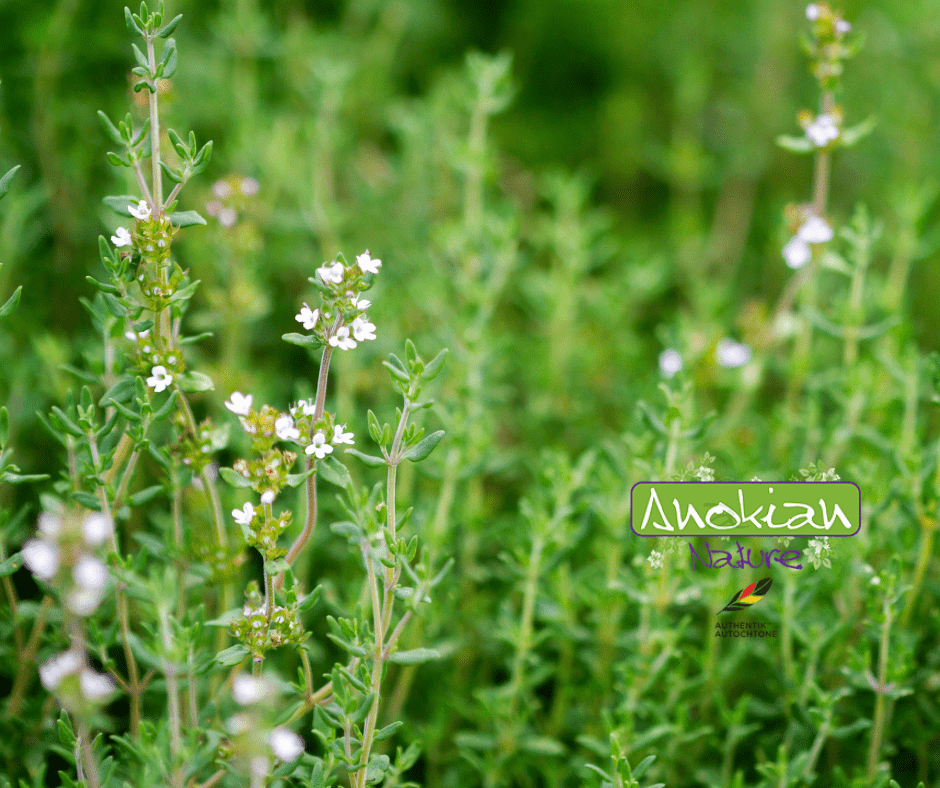Skip to product information










Seed | Common Thyme
$3.99 CAD
Quantity
Common Thyme (Thymus vulgaris) is a perennial herb prized for its culinary and medicinal qualities. These seeds produce robust plants with small, gray-green leaves that give off a distinctive aroma.